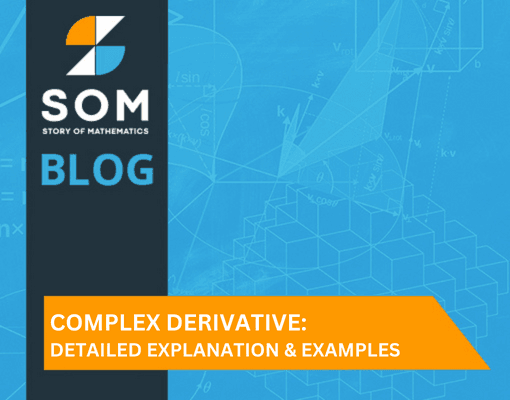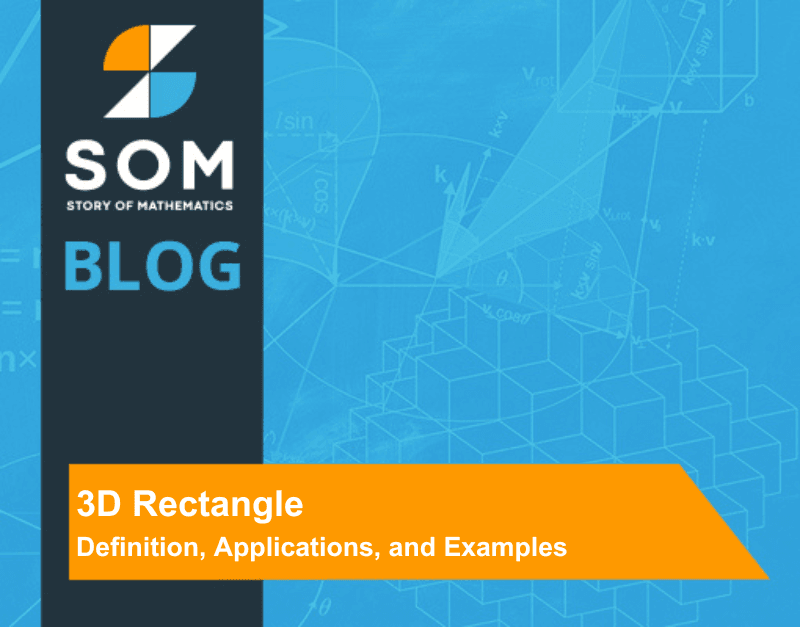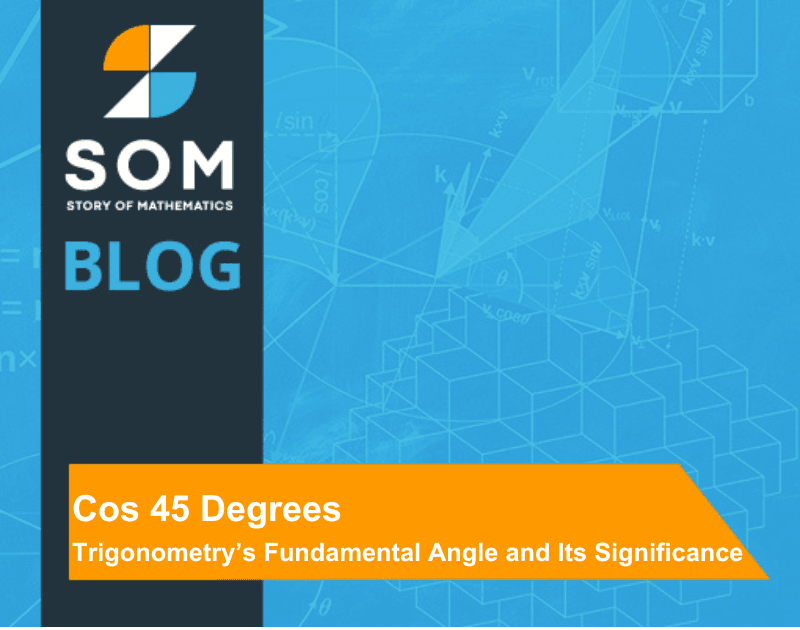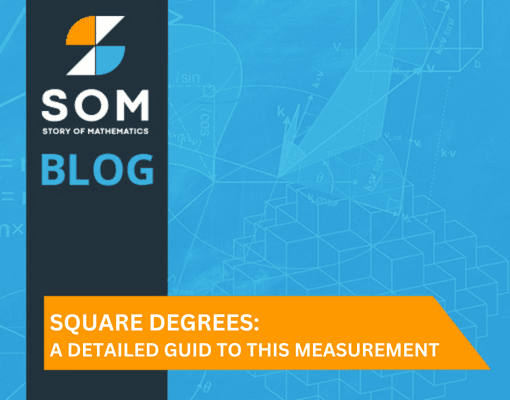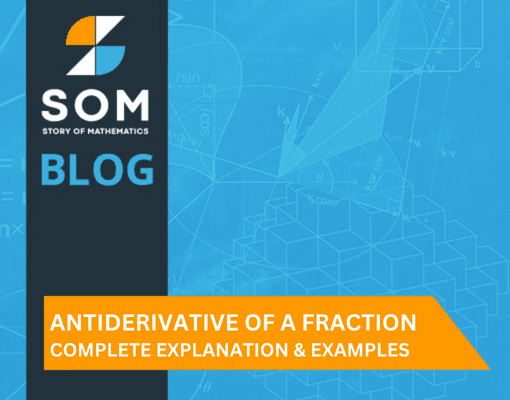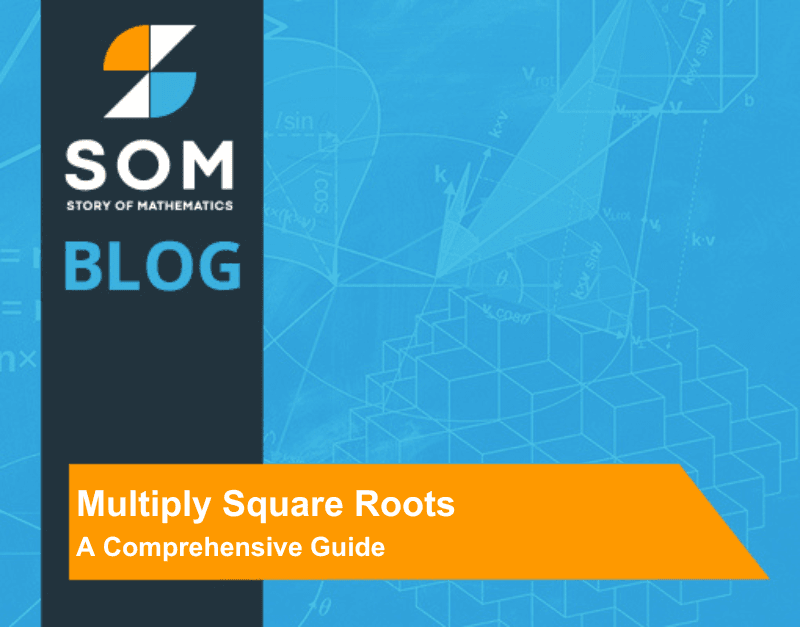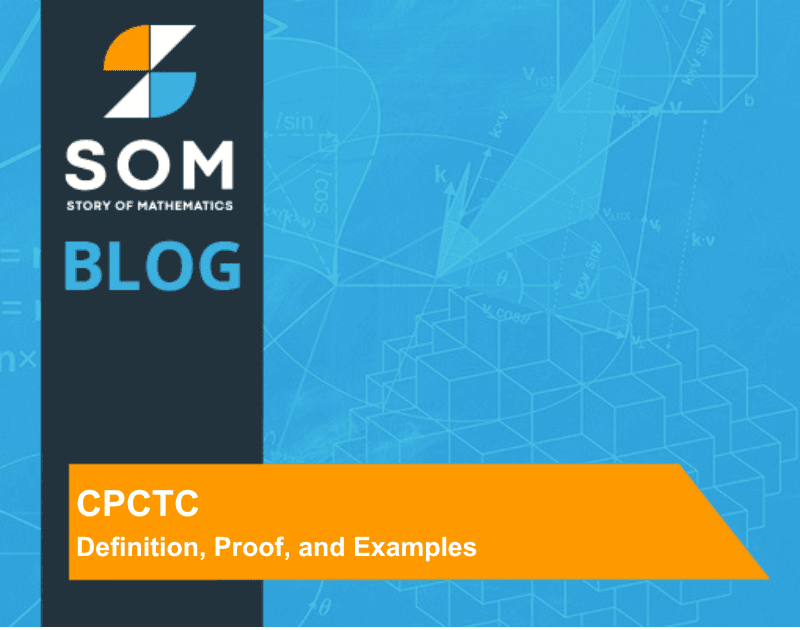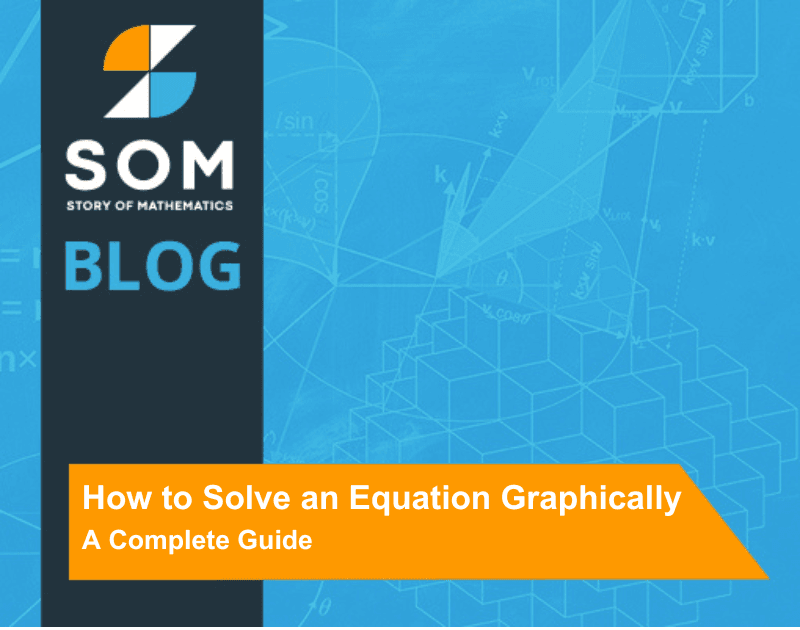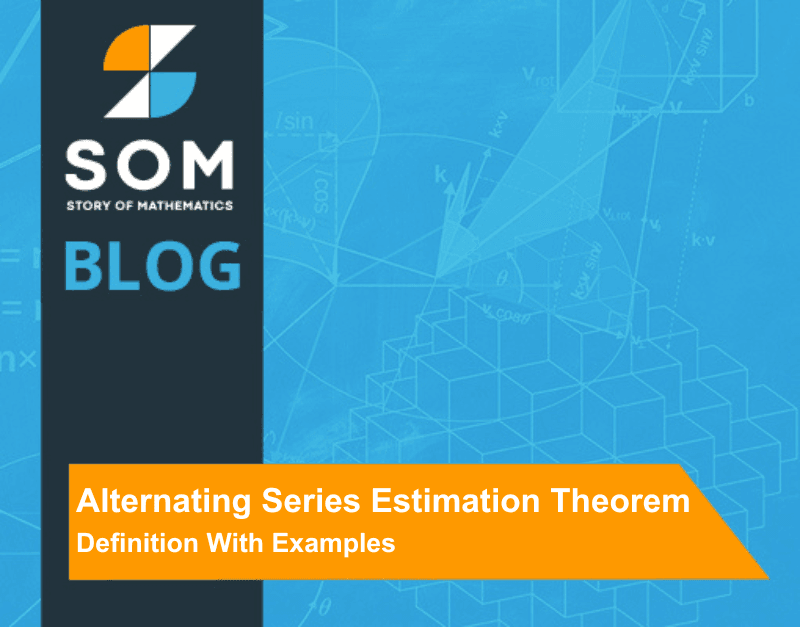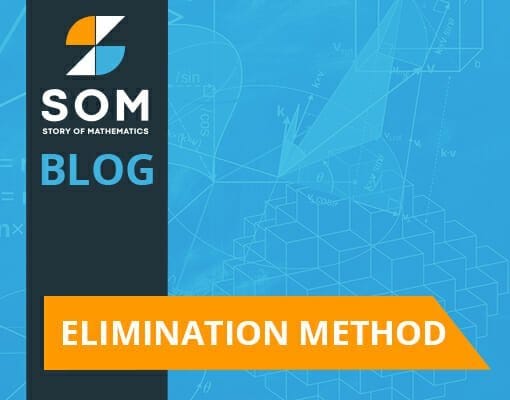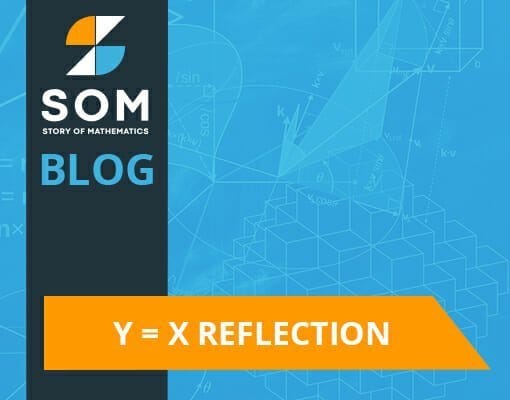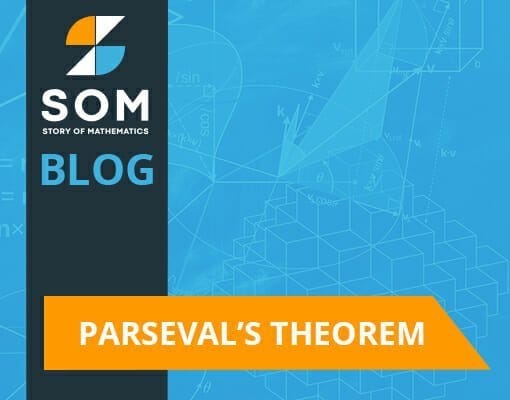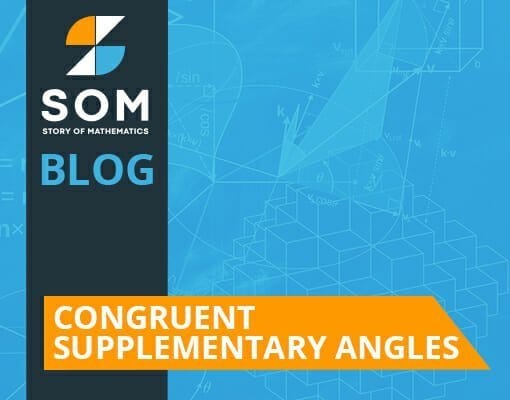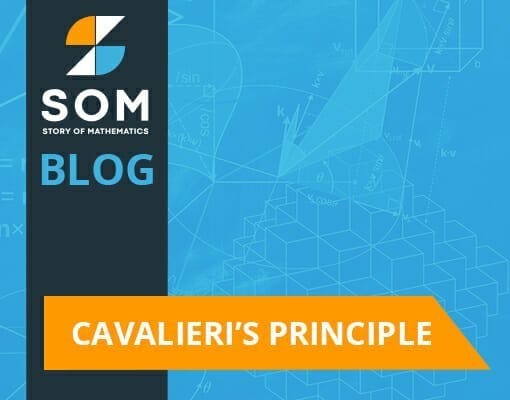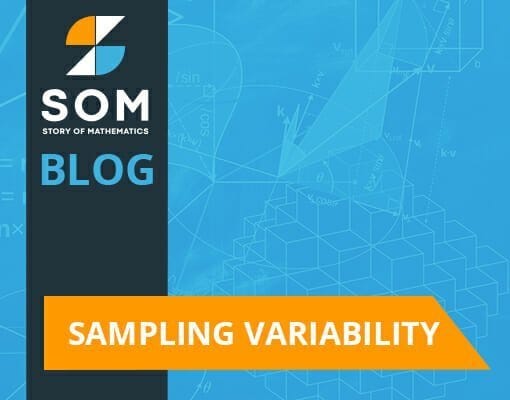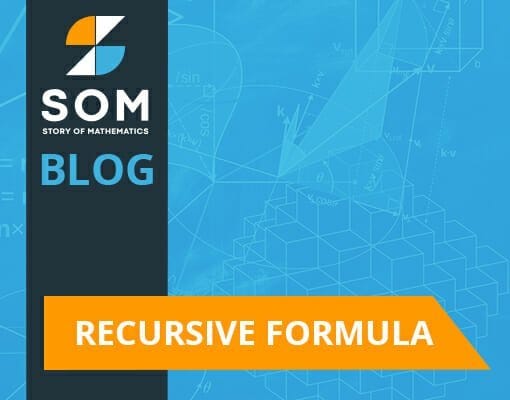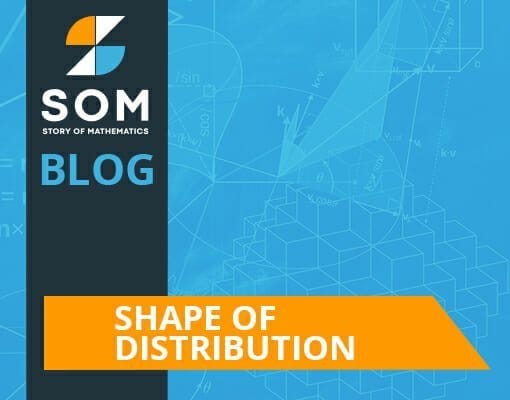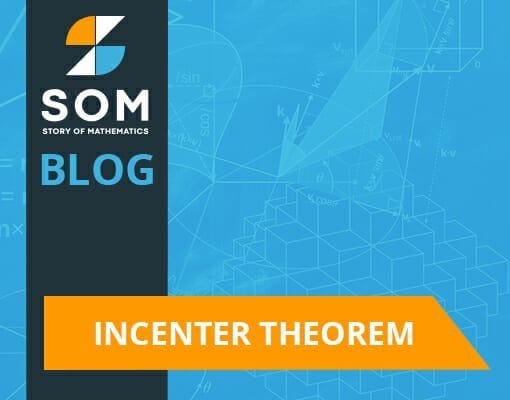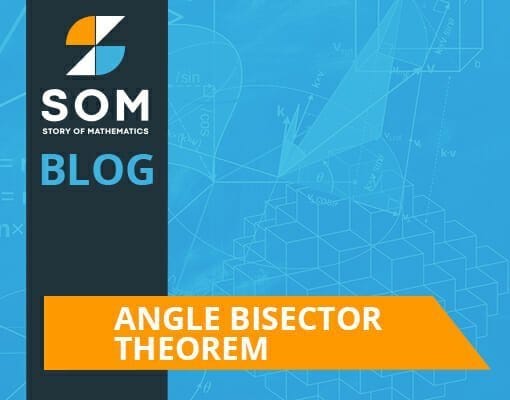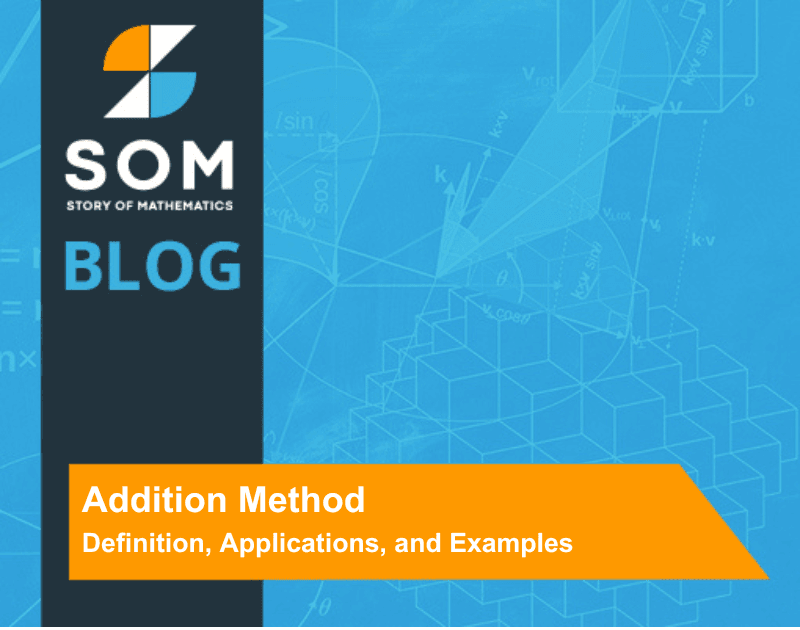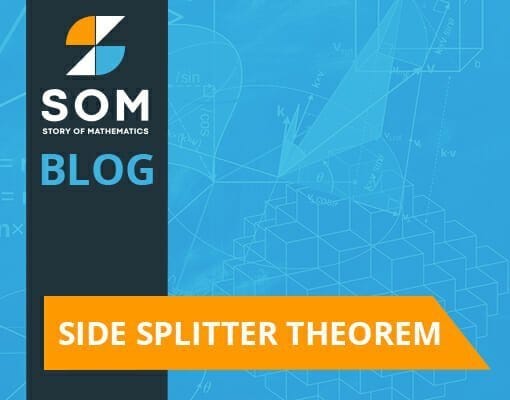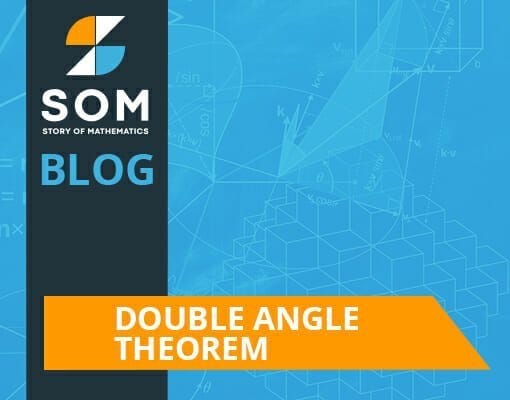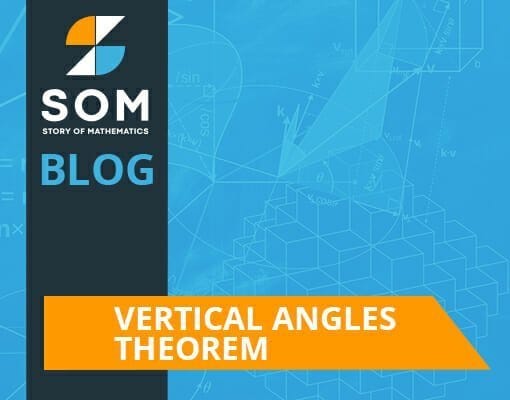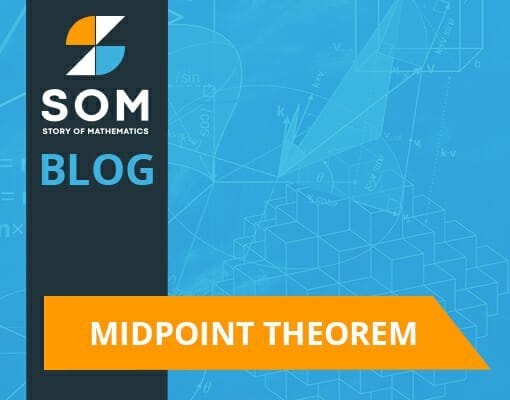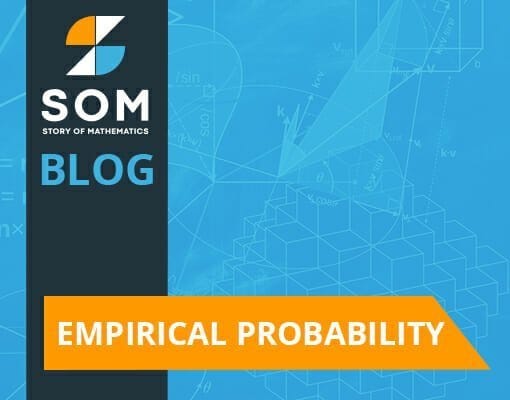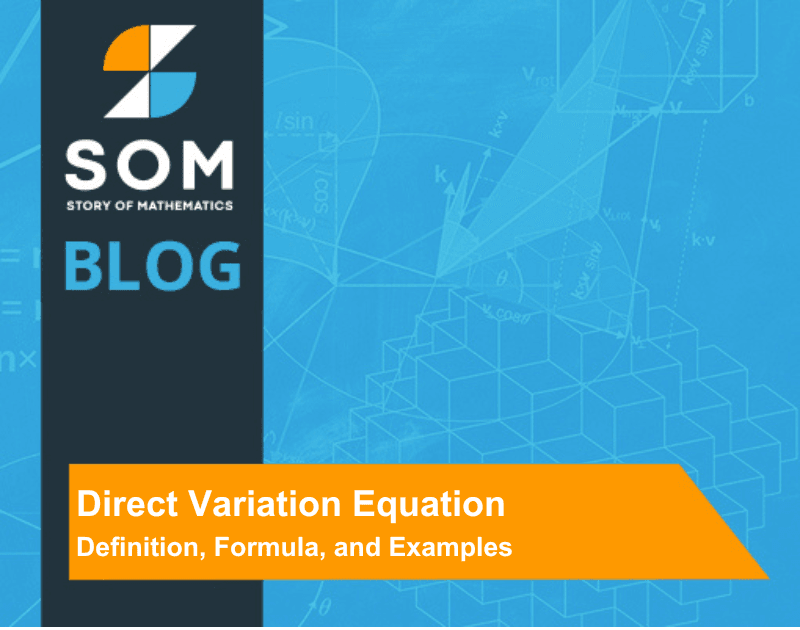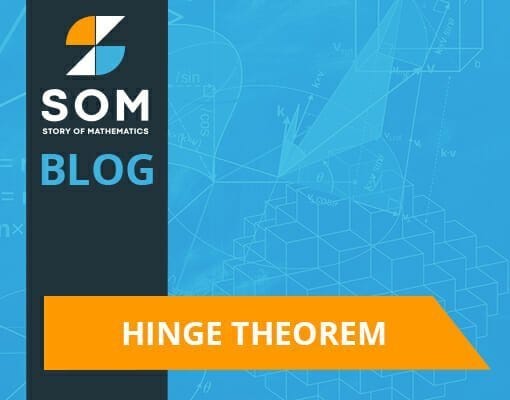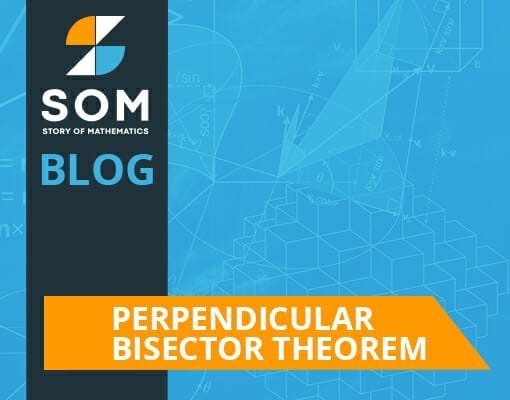A complex derivative is a derivative that tells us about the rate of change of a complex function. A complex function has two parts, one is a real component and the other is an imaginary component. Complex functions are mathematically represented as: $f(z) = u (x,y) + i v (x,y)$ where $z = x+iy$, and $i=sqrt{-1}$. […]
Category Archives: Blog
In the following article, we’ll explore the fundamental principles defining 3D rectangles, delve into their fascinating properties, and illustrate their indispensable roles in simple and complex structures around us. Definition A “3D rectangle” is more formally known as a rectangular prism or a cuboid in geometry. It is a three-dimensional solid shape bounded by six […]
by William Smith With more than 25 years of experience teaching math, I pride myself on being knowledgeable in multiple facets of this ever-growing topic. As an educator, my aim here is to share free math tutorials and lessons to assist students with their studies. The cos 45 degrees, symbolized as cos(45°) holds a special place in the fascinating world of trigonometry, we […]
The derivative of $tan^{-1}x$ is equal to $dfrac{1}{1+x^{2}}$. Mathematically, the formula is written as $dfrac{d}{dx} tan ^{-1} x = (tan^{-1}x)^{‘} = dfrac{1}{1+x^{2}}$. We are basically differentiating the inverse function of a tangent with respect to the variable “$x$”. In this topic, we will study the derivative of the inverse of tan x and its proof […]
The derivative of $sec^{2}x$ is equivalent to the product of $2$, $sec^{2}x$ and $tanx, i.e., (2. sec^{2}x. tanx)$. The derivative of this trigonometric function can be determined by various methods, but generally, it is calculated using the chain rule, quotient rule and the product rule of differentiation. In this complete guide, we will discuss how […]
A square degree, that is deg$^2$, is a non-SI unit of solid angle measurement. Square degrees are utilized to quantify components of a sphere in the same way that degrees are utilized to quantify components of a circle. In this complete guide, you will get to know about the degree, the square degree, and circles […]
Immerse yourself in the captivating world of linear algebra as we explore the concept of projection of u onto vector v. Projecting vectors is akin to casting a shadow, capturing the essence of one entity onto another. Through this article, we will unfold the layers of this intriguing mathematical operation, walking you through the theory […]
This article explores the Fourier Transform table in-depth, illuminating its elements and providing insights into its numerous uses in the modern digital era. Defining Fourier Transform Table The Fourier Transform table is a table that lists common functions ( f(t) ) alongside their respective Fourier transforms ( F(omega) ). The frequency domain representations (Fourier Transforms) […]
The antiderivative, also called the integral of a function, is the inverse process of taking the derivative of a function. When we have a function $dfrac{p}{q}$ where $q neq 0$, then such an expression is called a fraction, and if we take the antiderivative of such a function, then it will be called the antiderivative […]
The concept of synthetic substitution emerges as a vital method in understanding and simplifying complex mathematical expressions, as the world of mathematics continues to expand and evolve. This article delves into the captivating world of synthetic substitution in mathematics, a procedure used to evaluate polynomials in a manner that’s generally quicker and more streamlined than […]
We examine the integral of a constant, which is a fundamental tool that plays a pivotal role in the grand scheme of mathematical concepts. It allows us to tackle problems involving areas, volumes, central points, and many other situations where adding infinitely many infinitesimal quantities is required. One of the simplest cases of integration, yet extremely […]
This article aims to shed light on the derivative of secant inverse, exploring its fundamental properties, applications, and the inherent elegance it brings to mathematical analysis. So, let us embark on this mathematical journey and delve into the depths of the derivative of secant inverse to uncover its hidden treasures. Defining The Derivative of Secant Inverse […]
The method of undetermined coefficients is a powerful and invaluable method in differential equations. This approach, often classified under the umbrella of methods of particular solutions, is specifically tailored to tackle non-homogeneous linear differential equations. It allows us to find a particular solution to such equations, with the main tenet being the judicious assumption of […]
We explore the properties and implications of A’ U B’, shedding light on its significance in set theory, logic, and problem-solving. Definition of A’ U B’ The set operation A’ U B’, read as “A complement union B complement,” represents the union of the complements of two sets A and B. The complement of a […]
In this article, we will explore radians to revolutions and delve into the relationship between radians and revolutions, their conversion factors, and their significance in various fields such as physics, engineering, and navigation. Definition of Radians to Revolutions The conversion from radians to revolutions involves determining the number of complete rotations, or revolutions, corresponding to […]
Multiplying square roots is a fundamental concept in mathematics that involves simplifying and performing operations with expressions containing square roots. Whether you’re working on algebraic equations, geometry problems, or calculus applications, understanding how to multiply square roots is essential. The methods and guidelines for multiplying square roots will be covered in this article, along with […]
Solving for $n$ choose $2$ means finding the number of ways of choosing $2$ items from a group with a population of $n$. This is a problem that uses combination formula. However, after the derived formula for $n$ choose $2$ after using the combination formula, we observe that it is an expression for something else. […]
Geometry plays a crucial role in our understanding of the physical world. In advanced geometry, particularly in three-dimensional space, planes are infinite flat surfaces that extend indefinitely in all directions. How to find the intersection of two planes? This article delves into the methods of finding the intersection of two planes and the significance of […]
The exploration of ‘infinity plus infinity’ delves beyond traditional arithmetic, ushering readers into a universe where numbers transform into abstract philosophies and where the infinite stretches even further than one might believe. Join us as we unravel this mathematical enigma and probe the intricate tapestry of infinity. Defining Infinity Plus Infinity The “infinity plus infinity,” […]
In this post, we will go deeply into the fascinating realm of the derivative of absolute value, solve its puzzles, and investigate its uses. This voyage promises intriguing insights, whether you’re a student seeking clarification or a maths enthusiast pursuing curiosity. Defining Derivative of Absolute Value The derivative of absolute value (function) is defined as […]
Within the realm of geometry, a remarkable principle known as Corresponding Parts of Congruent Triangles is Congruent (CPCTC) unveils a hidden symmetry at the heart of triangle congruence. CPCTC is a powerful tool, illuminating the profound relationship between congruent triangles and their corresponding parts. By establishing that corresponding sides, angles, and other elements of congruent […]
In the diverse realm of mathematics, the term ‘how to solve an equation graphically’ refers to a technique that leverages the visual allure and intuitive nature of graphs. In this article, we’ll explore the nuances of this method, guiding you through the steps to transform convoluted equations into comprehensible visual narratives. How to Solve an […]
The Alternating Series Estimation Theorem is a powerful tool in mathematics, offering us remarkable insights into the dynamics of alternating series. This theorem guides approximating the sum of an alternating series, serving as a critical component in understanding convergent series and real analysis. The article aims to decode this theorem, making it more approachable for […]
The elimination method is an important technique widely used when we’re working with systems of linear equations. It is essential to add this to your toolkit of Algebra techniques to help you work with different word problems involving systems of linear equations. The elimination method allows us to solve a system of linear equations by […]
Welcome to the world of “factorial but addition.” or “factorial by addition.” This concept may not be as mainstream as its multiplicative counterpart, but it opens up an intriguing and lesser-explored dimension of mathematical analysis. In this article, we dive deep into this notion, unraveling its definition, properties, and potential applications. Defining Factorial but Addition […]
Welcome to an illuminating exploration of the integration of csc(x)! In the realm of calculus, the integral of the cosecant function holds intriguing properties and applications. This article delves into the world of csc(x) integration, where we will unlock its secrets and reveal the techniques required to tackle its challenges. From the fundamental concepts of […]
The $boldsymbol{ y = x}$ reflection is simply “flipping” a shape or a point over a diagonal line. Since $ y= x$ reflection is a special type of reflection, it can also be classified as a rigid transformation. Knowing how to reflect over the line $y=x$ will come in handy when graphing functions and predicting […]
Parseval’s theorem is an important theorem used to relate the product or square of functions using their respective Fourier series components. Theorems like Parseval’s theorem are helpful in signal processing, studying behaviors of random processes, and relating functions from one domain to another.Parseval’s theorem states that the integral of the square of its function is […]
The phrase “closed under addition” is often mentioned when studying the properties and characteristics of different types of numbers. The closure property of addition highlights a special characteristic in rational numbers (among other groups of numbers). Knowing which set of numbers are closed under addition will also help in predicting the nature of complex quantities’ […]
Congruent supplementary angles are angles that meet two conditions — they are congruent and they are supplementary. These angles share these properties, making them unique angles and important ones to learn when working with applications and problems involving angles and algebra. Congruent supplementary angles are angles that add up to $boldsymbol{180^{circ}}$ and, at the same […]
The Cavalieri’s Principle relates the volumes of two solids given their cross-sections and heights. This principle is also helpful when comparing the areas of two solids given their respective bases and heights. Understanding Cavalieri’s Principle leads to a wide range of properties shared by two and three-dimensional figures. Cavalieri’s Principle states that when the two […]
The horizontal shift highlights how the input value of the function affects its graph. When dealing with horizontal shifts, the focus is solely on how the graph and function behave along the $x$-axis. Understanding how horizontal shifts work is important, especially when graphing complex functions. The horizontal shift occurs when a graph is shifted along […]
Sampling variability focuses on how well-dispersed a given set of data is. When dealing with real-world data or large-scale surveys, it is nearly impossible to manipulate the values one by one. This is when the concept of the sample set and sample mean enter – conclusions will depend on the measures returned by a sample […]
Learning about recursive formulas allows us to work with functions and sequences that are defined by observing the behavior between two succeeding terms. We can observe recursive formulas and recursion in our daily lives – this includes recording our savings and expenses, monitoring our progress in school, and even observing the number of sunflower petals! […]
The shape of distribution helps us understand the spread and behavior of a given distribution. With visual representations such as the distribution’s shapes, we can easily represent important data components and help others understand how our data behave visually. The shape of distribution provides helpful insights about the distribution. This includes the distribution’s peaks, symmetry, […]
The glide reflection is a great example of a composite transformation, which means it is composed of two basic transformations. Through glide reflection, it is now possible to study the effects of combining two rigid transformations as well. To provide an analogy: imagine walking barefoot on the beach, the footprints formed exhibit glide reflection. The […]
The incenter theorem shows that the angle bisectors dividing the triangle’s vertices are concurrent. This theorem establishes the properties and formula of incenters, inradius, and even incircles. These properties and theorem open a wide range of applications and other properties of triangles. The incenter theorem states that the incenter (intersection of the triangle’s angle bisector) […]
The angle bisector theorem highlights the relationship shared between the line segments and sides of a given triangle. Since this theorem applies to all types of triangles, this opens a wide range of word problems, theorems and other applications in geometry. The angle bisector theorem shows how the line segments formed by the angle bisector […]
In the vast expanse of mathematical techniques, the addition method emerges as an elegant and intuitive strategy to solve simultaneous linear equations. This article delves deep into the intricacies of the addition method, unraveling its mechanics, applications, and the nuanced beauty that underpins this mathematical mainstay. Whether you’re a seasoned mathematician or a curious novice, […]
The side splitter theorem simplifies the relationship between the line segments formed by the two similar triangles with overlapping sides. It highlights the proportionality shared between the line segments formed by “splitting” the sides, hence the name of the theorem. The side splitter theorem establishes the relationship between the line segments formed by splitting the […]
The double angle theorem is the result of finding what happens when the sum identities of sine, cosine, and tangent are applied to find the expressions for $sin (theta + theta)$, $cos (theta + theta)$, and $tan (theta + theta)$. The double angle theorem opens a wide range of applications involving trigonometric functions and identities. […]
The vertical angles theorem focuses on the angle measures of vertical angles and highlights how each pair of vertical angles share the same measure. Through the vertical angles theorem, we can now solve problems and find unknown measures when vertical angles are involved. The vertical angles theorem establishes the relationship between two vertical angles. Through […]
The midpoint theorem is the result of applying our understanding of triangle similarity. It allows us to calculate side lengths given a midpoint and a midsegment parallel to the triangle’s third side. The midpoint theorem can be extended to establish theorems and properties for other polygons such as the parallelogram, trapezoids and more. The midpoint […]
The rigid transformation is a classification of transformations. From its name, rigid transformation retains the physical characteristics of the pre-image. However, the direction and position of the image may differ. The three most common basic rigid transformations are reflection, rotation, and translation. These three transformations all preserve the same properties: size and shape. This is […]
Empirical probability is an important statistical measure that utilizes historical or previous data. It reflects the measure of how likely a certain outcome can occur given the number of times this particular event has occurred in the past.Empirical probability is also applied in the real world – making it an important statistical tool when analyzing […]
The Pythagorean identities are important trigonometric identities that allow us to simplify trigonometric expressions, derive other trigonometric identities, and solve equations. Understanding these identities is essential when building a strong foundation to master trigonometric concepts and learn more advanced math topics. The Pythagorean identities are derived from the Pythagorean theorem. We use these identities to […]
The magic of mathematics unfolds as we delve into the fascinating world of direct variation equations. Often encountered in academic and real-world situations, this equation paints a vivid picture of relationships where one variable changes directly from another. It helps us explain phenomena like the speed of a car relating to the time it takes […]
Hinge theorem states that if two sides of a set of two given triangles are congruent, the triangle with a greater internal angle will have the longer third/remaining side. Consider an example of a crane with a beam that can move at different angles. Now, suppose two cranes are equal in length, and the length […]
Mastering triangle reflection tests our understanding of transformations and reflections that occur on a rectangular coordinate plane. The triangle is a polygon made up of three points, so we’re observing the reflections of these three points when learning how to reflect triangles on the coordinate system. Triangle reflection extends our knowledge of reflecting a point […]
The perpendicular bisector theorem states that if a point lies on the perpendicular bisector of a line segment, it will be at an equal distance/equidistant from both endpoints of that line segment. What Is Perpendicular Bisector Theorem? The perpendicular bisector theorem is a theorem stating that if we take any point on the perpendicular bisector […]

